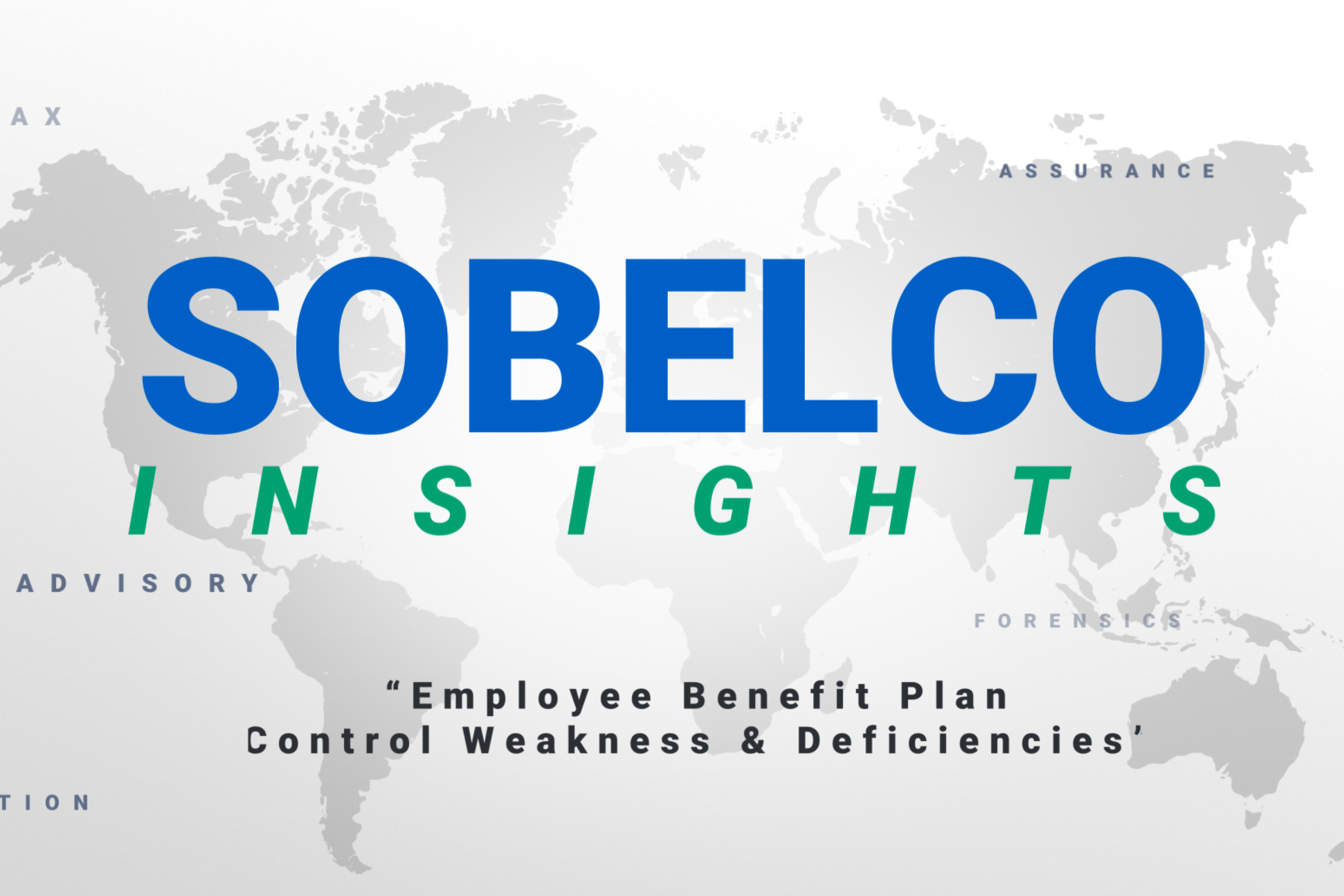
Retirement Plan Sponsors and Fiduciaries need to be aware of the insurance products available to protect their organization’s Employee Benefit Plan and its Fiduciaries. The most common forms of insurance available to them are Fidelity Bond and Fiduciary Liability Insurance. All Employee Retirement Income Security Act (“ERISA”) Plans are required to have a Fidelity Bond and may also have Fiduciary Liability Insurance.
What is a Fidelity Bond?
An ERISA Fidelity Bond protects an organization’s Employee Benefit Plan and the Plan participants against losses caused by acts of fraud or dishonesty. Deductibles are prohibited for coverage of losses. Fiduciary Liability Insurance protects the Plan’s Fiduciaries against losses caused by breaches of fiduciary liabilities. Without this coverage, a Fiduciary could be held personally liable for losses.
What are the ERISA Bonding Requirements?
There are some criteria that ERISA enforces. These requirements include:
1. Making sure that the Plan is named as an insured party on the bond so that the Plan can recover losses covered by the bond. Bonds must be obtained from a surety that is named on the Department of the Treasury’s Listing of Approved Sureties, Department Circular 570.
2. Requiring every person who handles funds, or other property of an employee benefit plan, to be bonded.
3. Noting that ERISA bonding requirements do not apply to employee benefit plans that are completely unfunded.
4. Setting the minimum bond amount at $1,000, and setting the maximum bond amount as the lesser of 10% of the beginning net assets or $500,000 (or $1,000,000 for plans that hold employer securities).
5. Having the Plan pay for the bond using the Plan’s assets. The term cannot be less than one year.
What Happens When the Plan Does Not Meet the ERISA Bonding Requirements?
The requirements listed here must be adhered to by the Plan Sponsor and Fiduciaries of there will be repercussions. Here are three things every Plan Sponsor must consider:
1. Failing to report a sufficient bond on the Form 5500 can trigger a Plan audit
2. It’s unlawful under ERISA for Plan officials not to be bonded
3. Fiduciaries can be held personally liable for losses that should have been covered by a fidelity bond
If you have any questions about your employee benefit plan, please contact us at 973-994-9494


